Meet our LRVS 2023 AMER Speakers!
Here's a quick look at some of our Speakers and Panelists for LRVS 2023 AMER along with the topics they will be discussing.
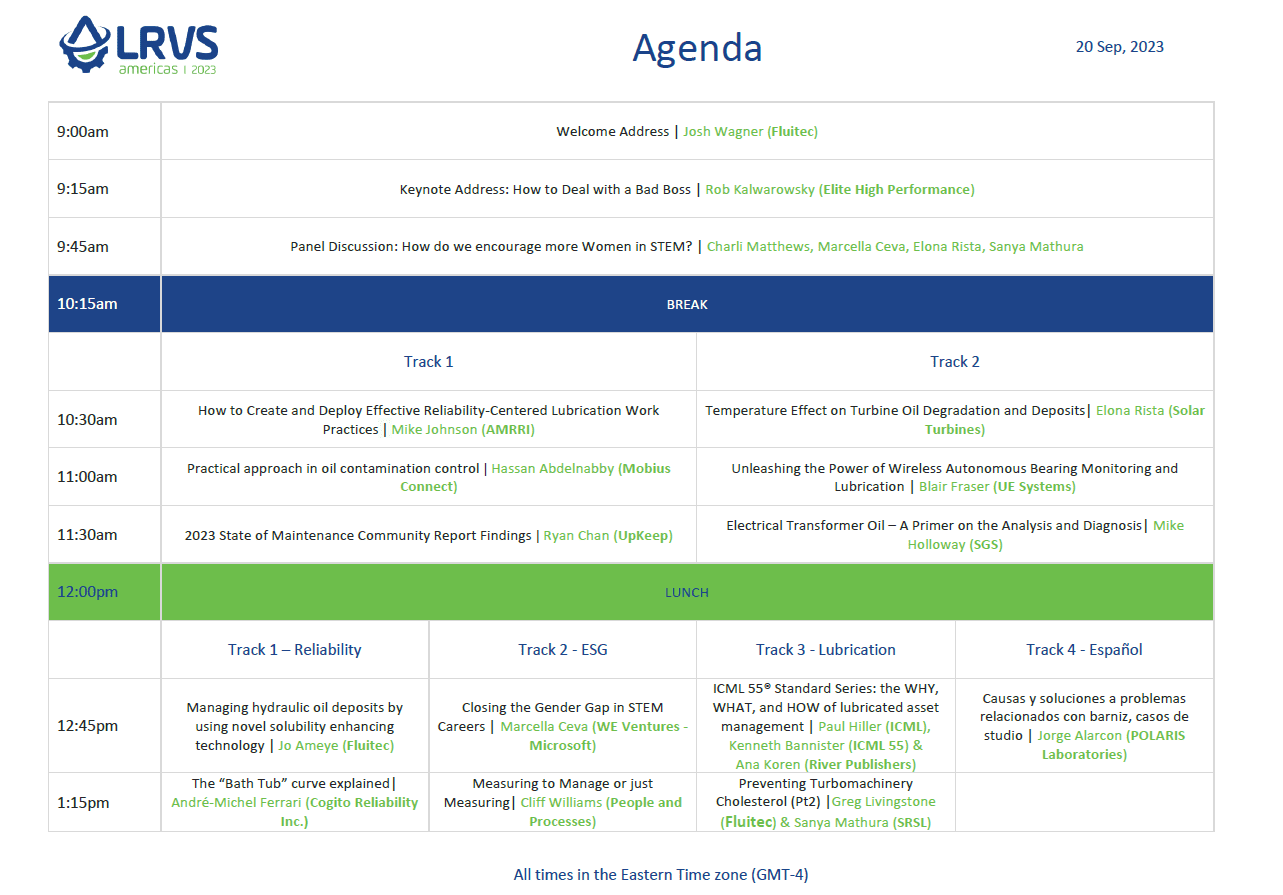

Keynote Address: How to Deal with a Bad Boss
Have you ever had a bad boss? How did you deal with them? You’re not alone, 65% of the workforce has a bad boss right now. Discover innovative ways to confront the daunting challenge of dealing with bad bosses from high-performance leadership coach and TEDx speaker, Rob Kalwarowsky.
Drawing inspiration from unexpected sources like Swedish models, Jean Claude Van Damme, his labradoodle, Winston, Rob shares a humorous and insightful approach to handling various types of difficult bosses.
Unveiling a practical toolkit, this engaging talk equips people with effective strategies to tackle abusive, passive-aggressive, and ego-driven supervisors.
Attendees will leave with a renewed sense of empowerment, poised to transform their work environment for the better.
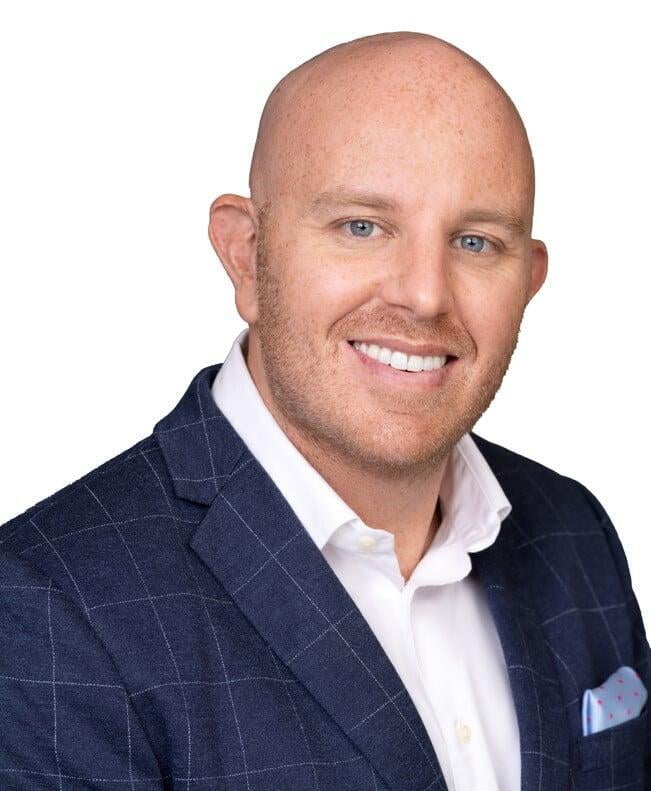
Rob Kalwarowsky
Director of Leadership Services & Coach,
Elite High Performance
Marcella Ceva
Marcella Ceva
Chief Investment Officer at
WE Ventures - Microsoft
Closing the Gender Gap in STEM Careers
Closing the Gender Gap in STEM Careers
Women are severely underrepresented in crucial sectors of the economy, for reasons that are mostly cultural. Closing the gender gap in the economy has the potential to increase global GDP in 2-6 trillion USD. In this presentation I intend to address the problem and potential solutions we can seek as a society.
Jo Ameye
Jo Ameye
General Manager, Europe at Fluitec
Managing hydraulic oil deposits by using novel solubility enhancing technology
Managing hydraulic oil deposits by using novel solubility enhancing technology
Oil condition monitoring programs have significantly improved in the last decade, to allow the users of hydraulic oils to measure oil degradation products. Tests such as; the Membrane Patch Colorimetry and Particle Counting have allowed them to identify soft contaminants in their fluids. These are usually responsible for many mechanical issues, such as pump failures, sticking valves, decreasing cooler capacity, etc.
The frequency of hydraulic oil failures as a result of deposit formation is due to a confluence of events. There has been a constant evolution in the formulation of hydraulic oils. API Group I base oils formulated with ZDDP additives are being replaced by next generation base oils and ashless antiwear technologies. Although these formulations may perform better in the field, it is essential that their degradation products are measured using a condition monitoring program. Additionally, thermal stress continues to increase in hydraulic oils as oil reservoirs shrink in size, while operating temperatures and pressures increase.
Hydraulic system deposit formation needs to be addressed, in an economical and sustainable way. This paper will present the principle and use of a novel solubility enhancing technology. Case studies will illustrate how this approach can be used both reactionary; to resolve immediate mechanical issues, and proactively; to provide long-term deposit protection. Applications covered in this paper are from the automotive industry, steel manufacturing, injection moulding, mining and marine industry.
Hassan Abdelnabby
Hassan Abdelnabby
Mechanical Maintenance Deputy Director of AL Zeina Tissue Mill Company
Practical approach in oil contamination control
Practical approach in oil contamination control
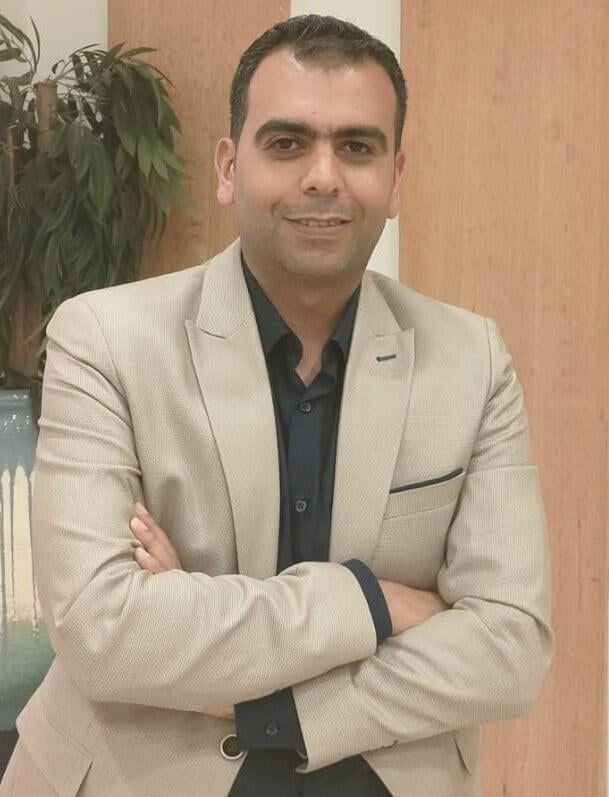
This presentation will discuss the types of oil contamination and how to fight back to gain control of our asset health, how to achieve better cleanliness levels for our assets and the benefits of having a lubrication program that can utilize IIOT in order to achieve the desired outcomes of the program.
Elona Rista
Elona Rista
Product Support Manager at Solar Turbines
Temperature Effect on Turbine Oil Degradation and Deposits
Temperature Effect on Turbine Oil Degradation and Deposits

Although there are multiple degradation pathways a turbine oil faces when placed in operation, the dominant failure mode is oxidation. By analyzing a turbine oil placed under accelerated oxidation conditions in a laboratory, much can be learned about how that oil will perform when placed in service. While temperature is widely accepted as one of the primary factors contributing to oil oxidation and degradation, we set out to better understand the effects of temperature on the rate of oil degradation and deposit formation. This presentation reviews the test results of several commercially available turbine oils aged under different temperature regimes.
Rafe Britton
Rafe Britton
Technical Specialist at Lubrication Expert
What Does the Future of the Industry Look Like?
What Does the Future of the Industry Look Like?

On the Lubrication Expert podcast, Rafe has had the opportunity to speak with some of the greatest brains in the industry. Each has been able to give their own perspective on where the industry is headed and what technologies might win. In this presentation, Rafe synthesizes all these insights into some themes that are likely to shape the industry in the coming decades.
Michael Holloway
Michael Holloway
Global Technical & Business Development Manager at SGS
Electrical Transformer Oil – A Primer on the Analysis and Diagnosis
Electrical Transformer Oil – A Primer on the Analysis and Diagnosis

Electrical Transformers are essential in the transmission of electricity. With the growing demand of electrifying transportation and increased demand on heating and cooling businesses and residences, power generation and transmission are expected to grow exponentially. Transformer oil serves an important function as a coolant and insulator. Asset Managers must determine when units might fail and establish a plan to reduce power grid downtime. The prevention and prediction of the fluid failure is key. Proper transformer oil analysis and diagnostics has proven to be essential in electrical power transmission reliability. This short seminar looks at the typical analysis that is carried out, the diagnostic rationale, and how the data can be used for increased transformer reliability.
Blair Fraser
Blair Fraser
Vice President of UE Systems
Unleashing the Power of Wireless Autonomous Bearing Monitoring and Lubrication
Unleashing the Power of Wireless Autonomous Bearing Monitoring and Lubrication

In this thought-provoking talk, we dive into the new era of wireless autonomous bearing monitoring and lubrication. Discover how UE Systems cutting-edge technologies are revolutionizing maintenance practices, leading to enhanced equipment performance and operational efficiency.
Join us as we explore the latest advancements in wireless ultrasound, vibration and temperature sensor, specifically focusing on bearing monitoring and lubrication. Uncover the power of advanced sensors and data analytics that enable real-time monitoring and condition-based lubrication.
Delve into the benefits of autonomous bearing monitoring, including early fault detection and optimized lubrication intervals. Understand how these innovations contribute to increased machine reliability, minimized downtime, and improved overall productivity.
Mike Johnson
Mike Johnson
President of AMRRI
How to Create and Deploy Effective Reliability-Centered Lubrication Work Practices
How to Create and Deploy Effective Reliability-Centered Lubrication Work Practices

A well-planned and executed lubrication program is the critical foundation for world-class maintenance and reliability. The best companies know this and plan a path to reach their goals.
In this presentation, you’ll learn how to strategically plan, create, and run a lubrication program that will drastically reduce downtime. Whether you are in the beginning stages or working to improve your lubrication processes, you’ll take home practical ideas you can use immediately.
Reliability-centered lubrication (RCL) is an approach to lubrication that ensures the right lubricant is applied in the right quantity and at the right time to increase equipment reliability, availability, and maintainability.
In this presentation, Mike will explore the key elements of RCL, including developing a lubrication strategy, identifying critical equipment, selecting the right lubricant, establishing lubrication procedures, and implementing a lubrication program.
Mike will also explore the challenges of building and deploying an RCL program and will provide real-world examples of successful RCL implementations, highlighting best practices and lessons learned.
Attendees will leave with a clear understanding of how to build and deploy an effective RCL program and the benefits it can provide to their organization.
Ryan Chan
Ryan Chan
CEO of UpKeep
2023 State of Maintenance Community Report Findings
2023 State of Maintenance Community Report Findings
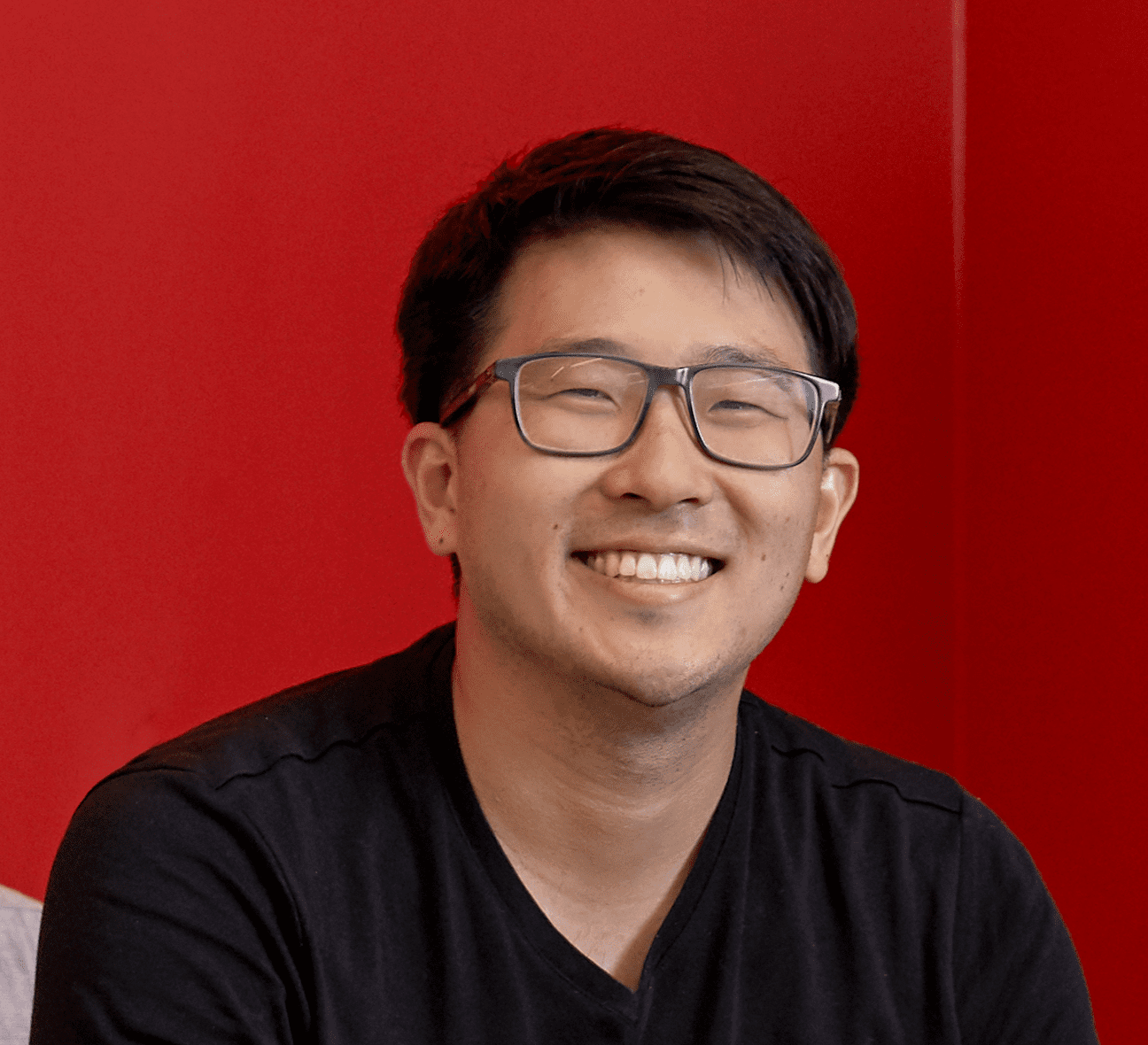
Throughout our interviews, we’ve had the privilege of connecting with thought leaders, industry experts, and passionate individuals who generously shared their experiences and insights. Their perspectives have shaped the very essence of this report, which we are thrilled to present. During this session, we will delve into key findings that have emerged from these invaluable conversations.
Our discussion will revolve around pressing topics that currently define the maintenance, reliability, and operations landscape, including:
- The pressing issue of the talent pool crisis and the challenges posed by an aging workforce.
- Exploring the intricate interplay of advancements and hurdles related to artificial intelligence in the industry.
- Unveiling the multifaceted impact of current economic challenges and understanding industry-specific demands across sectors.
ICML 55® Standard Series: the WHY, WHAT, and HOW of lubricated asset management
ICML 55® Standard Series: the WHY, WHAT, and HOW of lubricated asset management
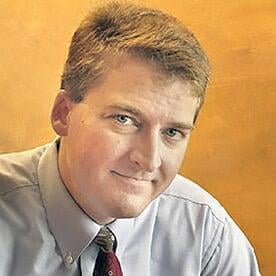
Paul Hiller

Kenneth Bannister
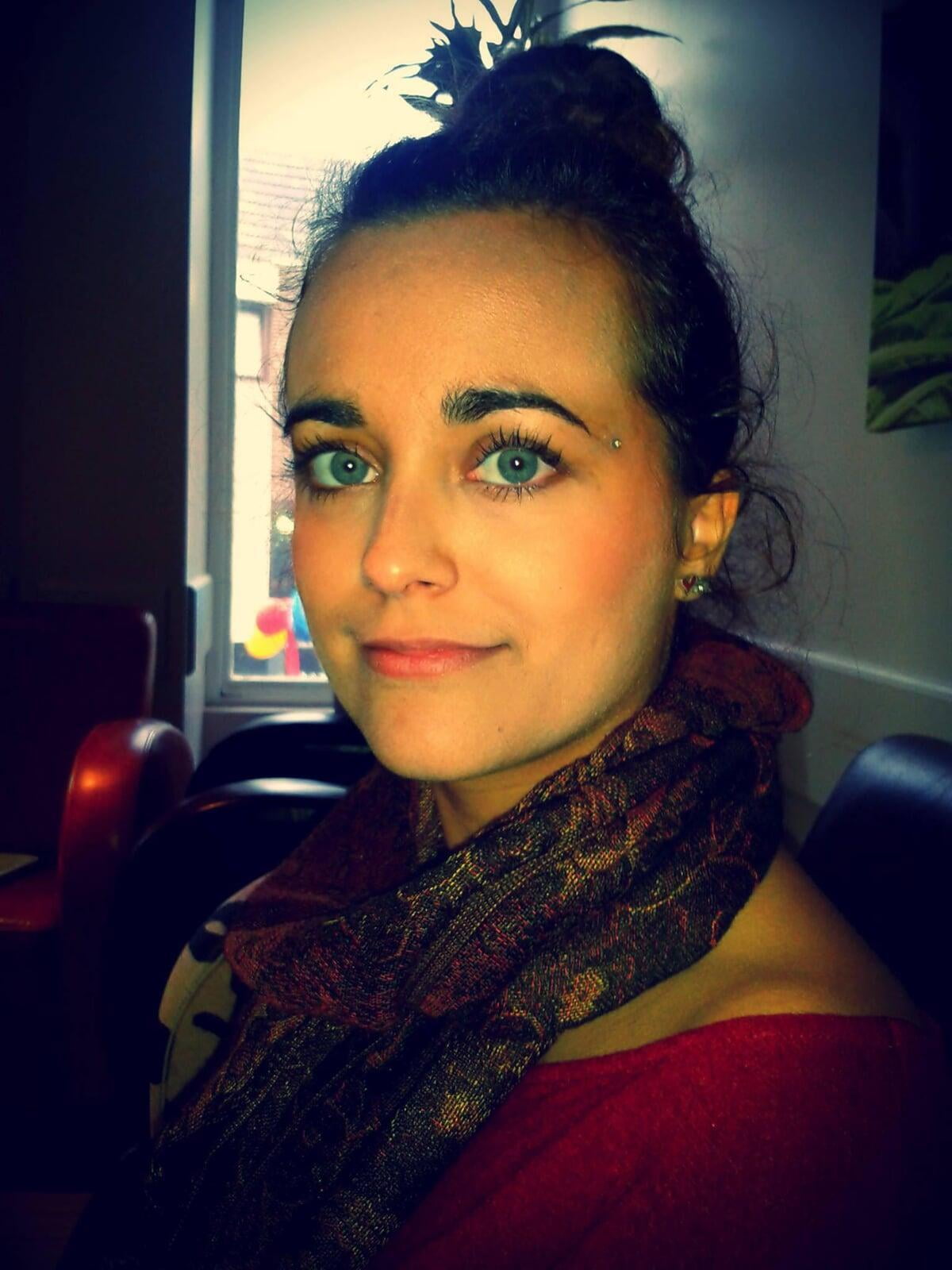
Ana Koren
Now that International Council for Machinery Lubrication (ICML) has rolled out the remainder of its ICML 55® Standard series, managers of lubricated physical assets anywhere in the world have all the help they need to understand requirements, educate their managers, prioritize decisions, customize designs, assemble resources, and implement the best possible lubrication management systems (LMS) for their unique programs.
But how do the combined ICML 55 Standards (Overview + Requirements + Guideline) work together? The sheer volume of information can appear overwhelming. However, as an enabling standard to ISO 55000, the ICML 55 series is strategically structured to provide easy-to-follow guidance across twelve auditable areas, all written in practical, lubrication-specific language for managers of lubricated physical assets.
Join Kenneth Bannister (ICML 55 Program Director) and Paul Hiller (ICML Marketing Manager) as they visit with River Publishers’ Ana Koren about the purpose and application of the complete ICML 55 Standard, and about ICML 55’s role in developing successful, sustainable, audit-ready LMS programs all across the lubricated asset management landscape.
Panel Discussion: How do we encourage more women in STEM?
Marcella Ceva
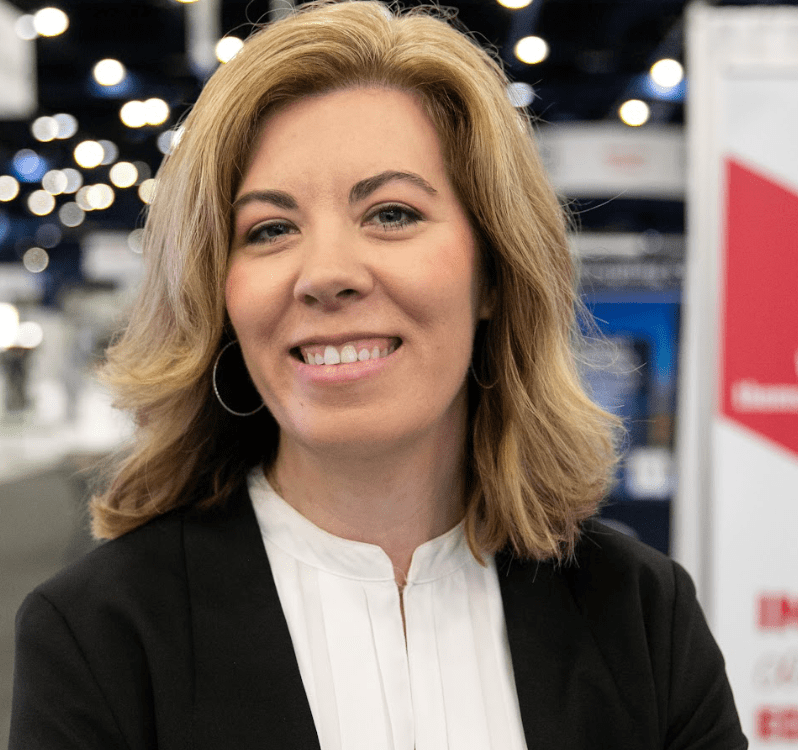
Charli Matthews

Elona Rista

Sanya Mathura
Dr Cristian Soto
Dr Cristian Soto
Chief Operations Officer and VP of R&D at Fluitec
Correlation between MPC and RULER in between under laboratory oxidative conditions
Correlation between MPC and RULER in between under laboratory oxidative conditions
Correlation between MPC and RULER in between under laboratory oxidative conditions
Antioxidants are used to protect lubricating oils from the deleterious effect of oxidation. These include increase of acid number, the formation of deposits, and possibly viscosity increase. Considering that the varnish potential of an oil is measured by the MPC protocol it is relevant to establish correlations if any between RULER trends and MPC trends for a variety of commercially available formulations under laboratory conditions.
AW Schultz
AW Schultz
Founder & Principal Consultant at A.W. Schultz Engineering and Training
Industry 5.0: What you need to know
Industry 5.0: What you need to know
With many of the changes in the world today, we are embarking on an accelerated evolution in most Industries. As the transition towards digital leadership, climate neutrality and competitiveness on a global stage will transform the industry. These changes are pushing the trust and commitment of the public to accept the modernization of a people-centric society, the resilience of technology, and the understanding of how sustainability is changing today's industries. This change goes by the label of Industry 5.0. It is how the industrial revolution and generations measure advancement.
Greg Livingstone
Greg Livingstone
Chief Innovation Officer at Fluitec
Sanya Mathura
Sanya Mathura
Managing Director at Strategic Reliability Solutions Ltd
Preventing Turbomachinery 'Cholesterol' - The Story of Varnish (Part 2)
Preventing Turbomachinery 'Cholesterol' - The Story of Varnish (Part 2)
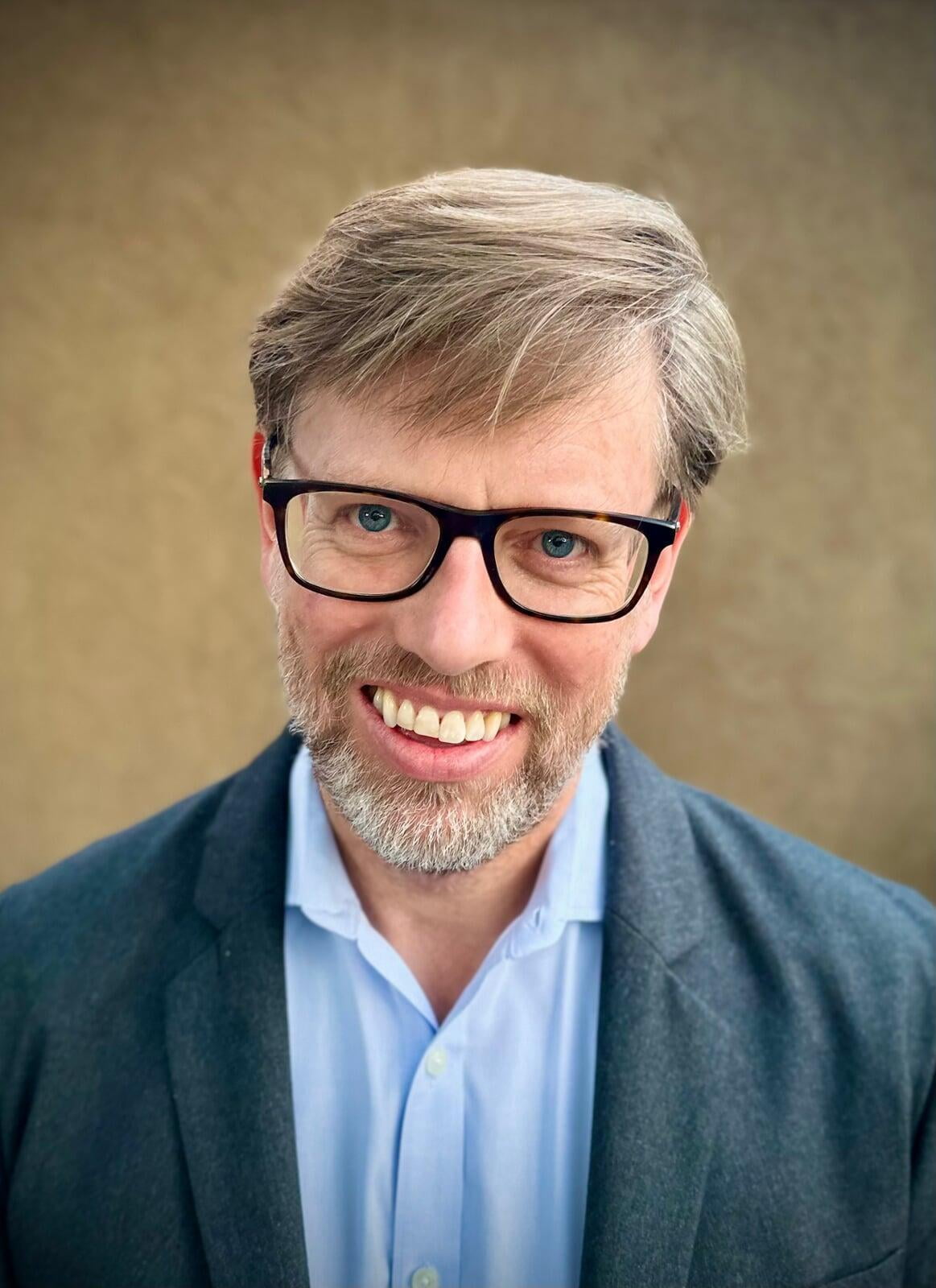

Greg and Sanya recently released their book, "Preventing Turbomachinery 'Cholesterol' - The story of varnish published by Industrial Press Inc. In their presentation, they will be talking about some of the myths surrounding varnish.
Oil can be considered the lifeblood of our machines and practices that we employ with our machines are similar to what we do in regular life. Our machines need to be healthy (just like our bodies), so we take oil samples (similar to blood tests) and determine if we have the correct quantities of good stuff and not too much of the bad stuff.
In this session, they will discuss some key concepts which are covered in the book such as preventing deposits and a couple of the technologies which can be used to prevent varnish.
André-Michel Ferrari
André-Michel Ferrari
Owner of Cogito Reliability Inc
The “Bath Tub” curve explained
The “Bath Tub” curve explained

In the Reliability and Maintenance world, we often refer to what is known as the “Bath Tub” curve and ask the question: “what is the “Bath Tub” curve for this equipment?”. The name “Bath Tub” comes from the equipment failure rate curve resembling a sanitary bathtub’s longitudinal section. In reality, it is rarely symmetrical, and looks rather like a distorted “u” or “v” shaped figure.
The bathtub curve can be useful in various circumstances and help an operator better manage their assets over time. However, it is important to understand where it comes from and what it means so we can avoid misusing or misinterpreting it. The author will introduce the concept and explain how it is constructed as well and its various uses in asset management.
Howard Penrose
Howard Penrose
President of MotorDoc® LLC
Tying Your Electrical Signature Analysis Program to Corporate Energy and Emissions Goals
Tying Your Electrical Signature Analysis Program to Corporate Energy and Emissions Goals

While we have always attempted to tie reliability and maintenance programs to such things as safety, c-suite interests, and other initiatives to obtain needed attention to equipment the direct impact to energy and emissions has usually been overlooked. The primary reason is that it is difficult to connect the energy and related emissions to R&M efforts.
In this presentation we will discuss how the use of reliability and maintenance technologies, such as ESA, provide a direct ability to measure the impact of energy and emissions and tie them to maintenance practices. These practices not only include fault detection, but also the differences between poor, standard and precision practices such as belt tensioning and alignment well before variations degrade components. The attendee will have tools and knowledge to take the steps necessary to tie their R&M efforts directly to ESG initiatives.
Nain Aguado Quintero
Nain Aguado Quintero
Director General de Assets Project Maintenance Consulting S.A.S de LubricarOnline
Lubricación Basada en la Confiabilidad y Seguridad de Proceso – LBC-SP: Guía de Implementación
Lubricación Basada en la Confiabilidad y Seguridad de Proceso – LBC-SP: Guía de Implementación

Lubricación Basada Confiabilidad LBC : Una metodología
usada para definir las necesidades de mantenimiento de los activos, tomando en consideración su entorno de operación considerando los Modos de Fallas que se presentan con respecto a la lubricación.
La implementación de un Sistema de Gestión de Lubricación, se puede realizar en varias etapas.
1. Evaluación del Lubricante
2. Auditoría de lubricación
3. Programa de Entrenamiento
Panel Discussion: What Role can AI play in Condition Monitoring?

Blair Fraser

Ryan Chan

Howard Penrose

Alexandra Gunderson
Jorge Alarcon
Jorge Alarcon
Reliability Manager at Polaris Laboratories
Causas y soluciones a problemas relacionados con barniz, casos de estudio
Causas y soluciones a problemas relacionados con barniz, casos de estudio

El barniz continúa siendo un problema y muchos activos lubricados son una causa frecuente de gastos inesperados y paradas de planta no planificadas.
Si bien el análisis de aceite tradicional es una herramienta que puede identificar este problema, en muchos casos el proveedor de servicios no determina la causa raíz, ya sea por falta de conocimiento, falta de las herramientas necesarias o una combinación de ambos.
En una encuesta realizada sobre problemas de barniz en turbomaquinaria, el 86% de las soluciones propuestas fue la filtración. Mientras que el 12% sugirió cambiar el aceite y el resto indicó realizar un análisis más profundo.
La toma de decisiones debe basarse en un análisis del origen del problema del barniz y no solo en su cuantificación.
Esta presentación analiza el origen de 3 casos de barniz desde el punto de vista químico y las alternativas propuestas, así como el seguimiento de las mismas.
Israel Sanchez
Israel Sanchez
Mechanical Engineer at BELCO
Kyle McGhee
Kyle McGhee
Predictive Maintenance Analyst at BELCO
BELCO's Condition Monitoring Program
BELCO's Condition Monitoring Program


The Bermuda Electric Light Company (BELCO) is the vertically integrated utility in Bermuda, an island in the Atlantic Ocean with an approximate peak load of 100 MW.
A significant majority of the island’s electricity is generated via reciprocating engines and gas turbine units.
BELCO’s System Reliability team provides a critical condition monitoring service to both the Bulk Generation (BG) and Transmission, Distribution & Retail (TD&R) sides of the business.
This presentation will summarize the condition monitoring program carried out by the team, as well as provide further information via brief case studies on recent findings.
Cliff Williams
Cliff Williams
Principal Advisor at People and Processes
Measuring to Manage or just Measuring
Measuring to Manage or just Measuring

This presentation will answer some of the simplest but most often forgotten questions around maintenance and reliability performance management.
Why do we Measure? What do we Measure? What do we do with the measures?
This may be the simplest topic to discuss but how many organizations take the time to do it right – how many organizations realize they are doing it wrong? Do they understand the difference and more importantly the consequences?
Learn about the most important function of Measuring – accountability- and understand exactly what this means. Who is involved with your maintenance and reliability department measures – do you decide what it is you want to measure, are you told what you need to measure or are you somewhere in between? We’ll challenge the idea that ‘one size fits all’ in KPIs and we will discuss how best to choose the measures that have the correct impact on your organization and what happens if they are not.
We look at commonly used measures or KPIs and what they do and what they don’t tell you.
It will challenge the way you use them now as we look at MTBF, MTTR, PMs, training etc through examples of how they can be misleading.
We’ll look at suggestions of how existing measures can be used and how new ones will give you what you’re really looking for. It finally describes the one truth about KPIs and measures – it will drive behaviours – the ones you want and the ones you don’t! This presentation provides a lot of ‘different’ views and is packed full of interesting anecdotes.
JD Solomon
JD Solomon
President at JD Solomon Inc
How to Make Your Technical Presentations Accessible and Inclusive
How to Make Your Technical Presentations Accessible and Inclusive
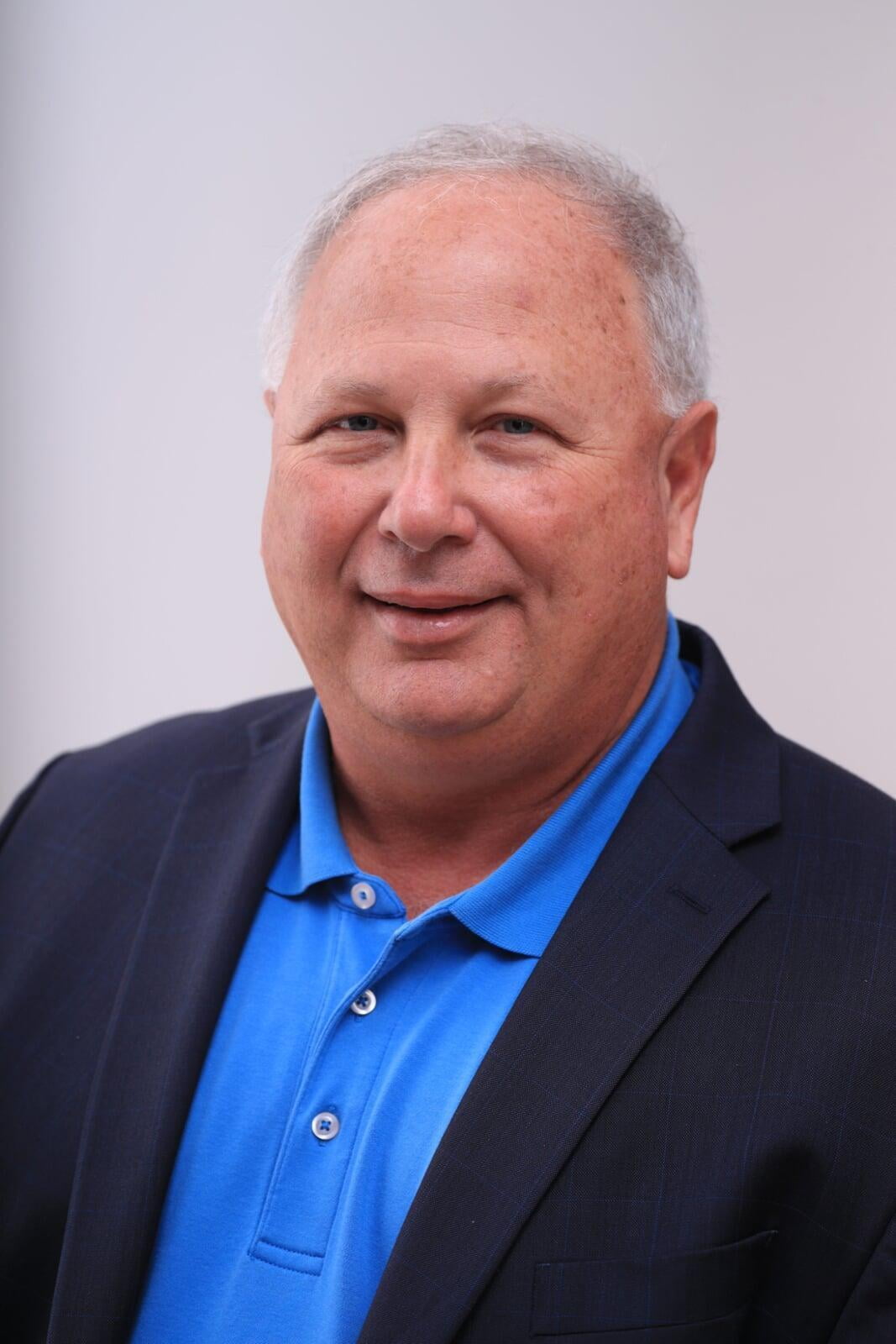
At least one person in every presentation has some form of visual or hearing impairment. Most technically trained professionals are unaware or poorly trained in this aspect of accessibility and inclusion. The result is that we lose between 10 and 25 percent of our audience in every technical presentation that we give.
The session will discuss eight ways to make your presentations more accessible and inclusive. This information is based on errors found in dozens of presentations by the author as a reviewer and consultant on communications involving high levels of complexity and uncertainty. Key statistical analysis of the associated data for future reference by the session participants will be provided.
Examples from some of those presentations will be used to create a practical, hands-on experience. How-to ways to fix some of the issues in Microsoft and Adobe software products will be shown.
Implementing practices that make presentations more accessible to the visual and hearing impaired is the right thing to do. The same practices also help people whose first language is not the same as the presenter. And the practices make the overall quality of the presentation better for all.
The learning objectives for the session are:
+ Understand common errors associated with accessibility for the visual and hearing impaired.
+ Apply techniques to make all presentations more accessible and inclusive.
+ Identify software tools and software applications to facilitate accessibility checking.
+ Recognize how accessibility improves other presentation aspects.
+ Create awareness and learning opportunities among peers and within each participant’s workplace.
The presentation is aimed at the intermediate level, meaning that participants are expected to have some experience with creating and making presentations, as well as working knowledge of Microsoft Word, Microsoft PowerPoint, and Adobe PDF. The presentation applies to the full range of conference participants.
Anjelica Williams
Anjelica Williams
Marketing Manager at ReliabilityX
Getting Support from Leadership: Relating Reliability to Everyday Life
Getting Support from Leadership: Relating Reliability to Everyday Life

In the modern organizational landscape, reliability has emerged as a pivotal factor for success across industries. As businesses strive to maintain a competitive edge, it's imperative for leaders to understand how reliability extends beyond traditional technical contexts and permeates into our daily lives. This presentation, "Getting Support from Leadership: Relating Reliability to Everyday Life," delves into the strategic significance of reliability and offers insights on effectively communicating its value to organizational leadership. Through real-world examples, participants will gain the tools to bridge the gap between abstract concepts and tangible outcomes, fostering a culture of reliability.
Jacob Simons
Jacob Simons
Data Analyst III at
POLARIS Laboratories
Insights into Soluble Varnish Interpretation
Insights into Soluble Varnish Interpretation

Varnish plagues equipment with hotspots, clogs filters, and decreases lubricant and equipment life. The first step to prevention is using available tools for monitoring for formation and severity. Planning when to schedule maintenance rather than reacting to a (possibly catastrophic) event can be invaluable at reducing costs and keeping equipment and lubricants running optimally.
This informative session will explore findings from new research into soluble varnish monitoring and what robust correlations between oil degradation and varnish formation can be made when coupled with other monitoring techniques—identifying the varnish severity and type can be a vital tool in combatting overall varnish formation keeping equipment and operations in the clear.
Hernan Navarro Guarin
Hernan Navarro Guarin
Engineer tribology, Grupo IGS
Lubricacion para no ingenieros
Lubricacion para no ingenieros
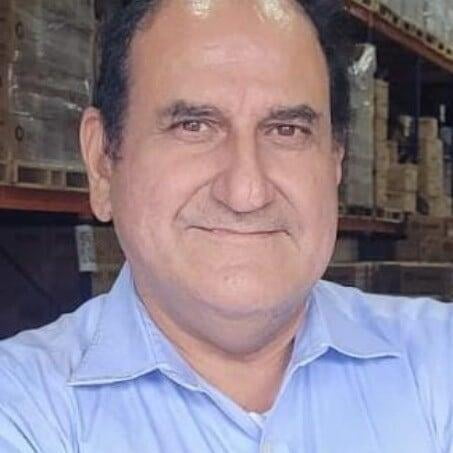
Presentar de manera lúdica las bases de la lubricacion y la tribologia para que de manera fácil los técnicos y no técnicos aprendan está cienda y se disminuyan los errores en la lubricacion.
Panel Discussion: How can sustainable lubrication practices be implemented in the manufacturing industry?

Greg Livingstone

Rafe Britton

Sanya Mathura

